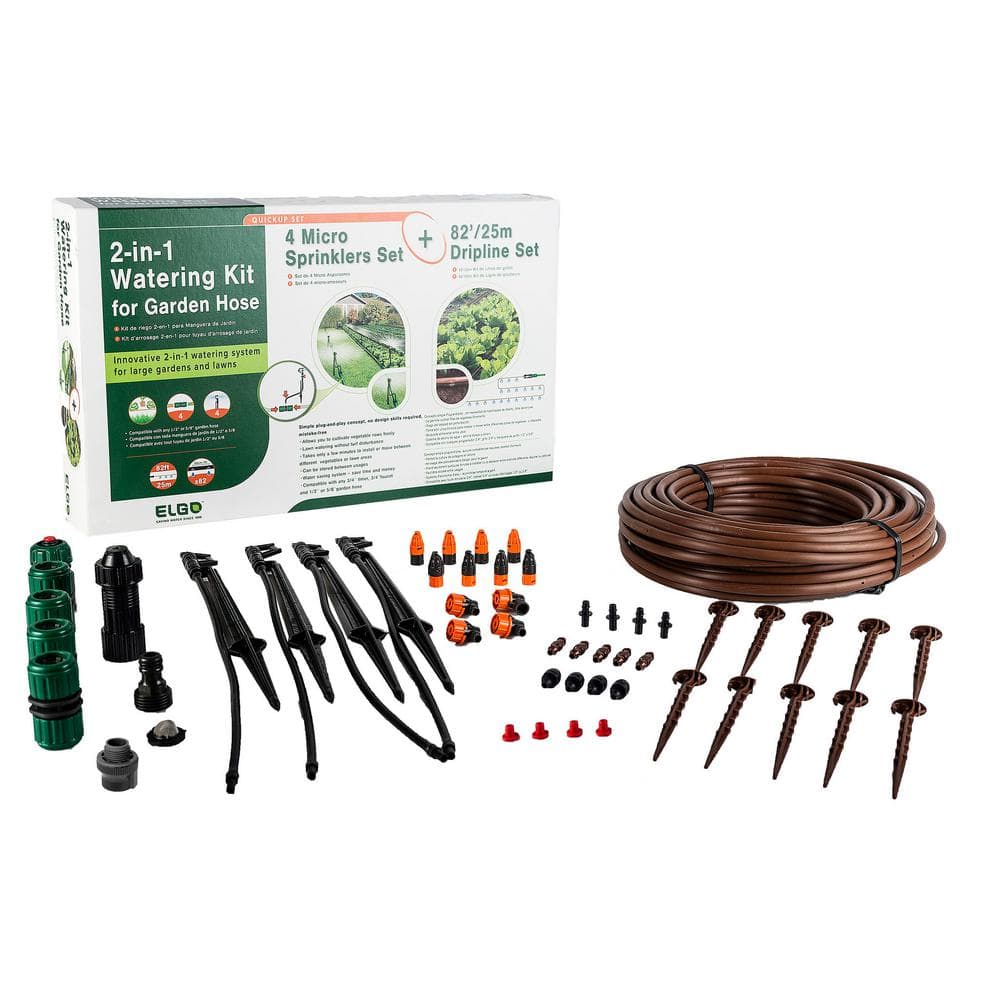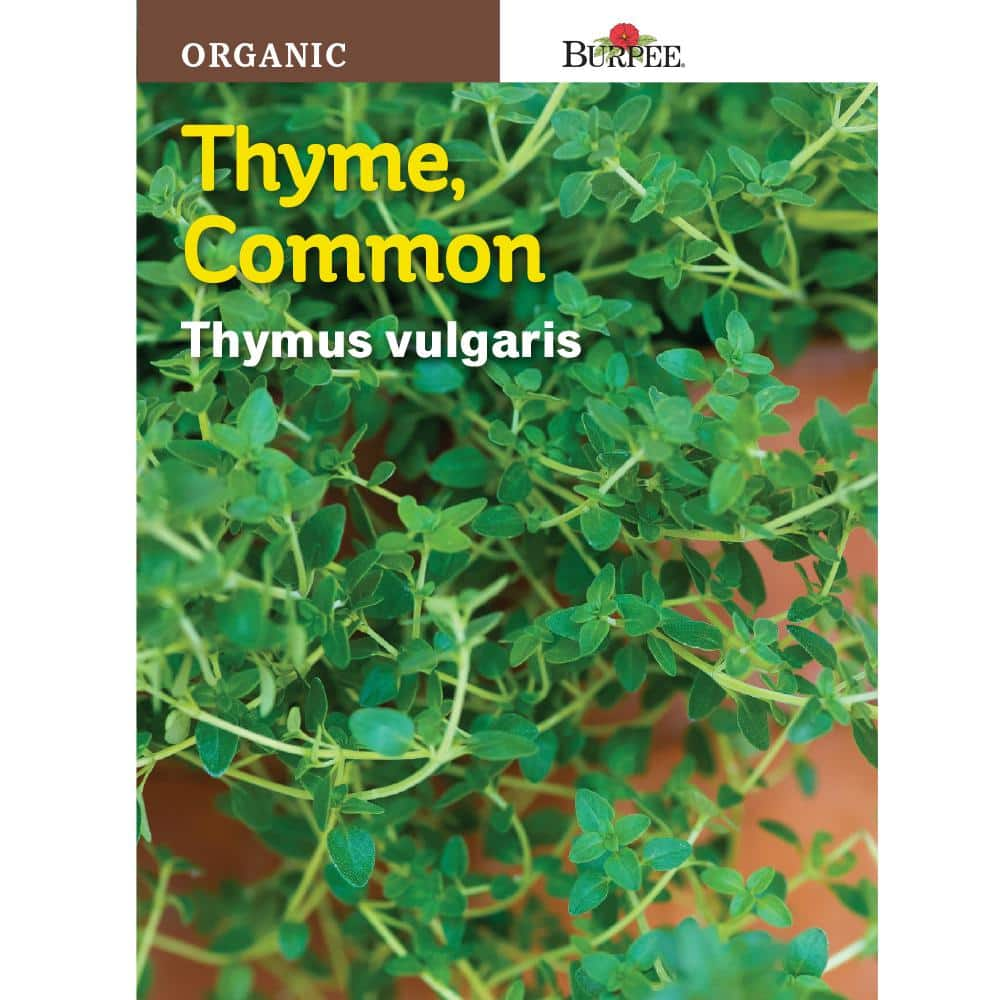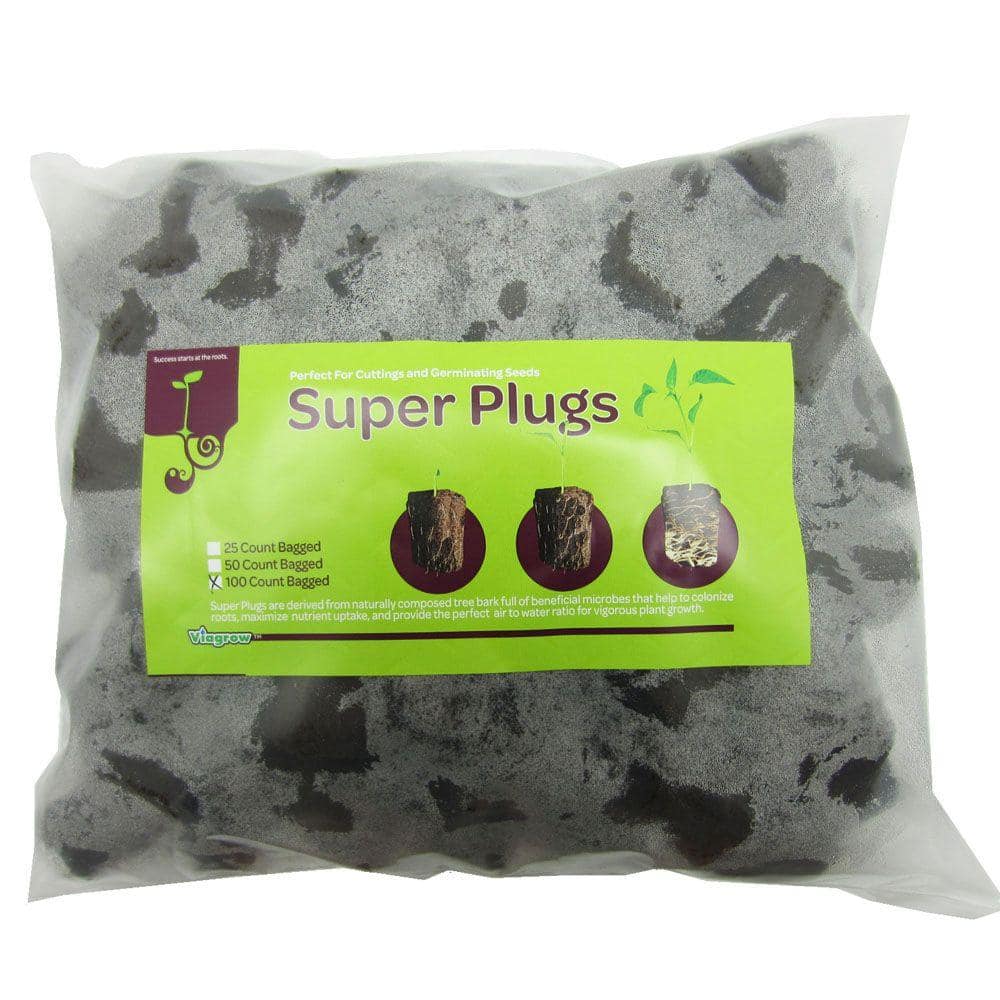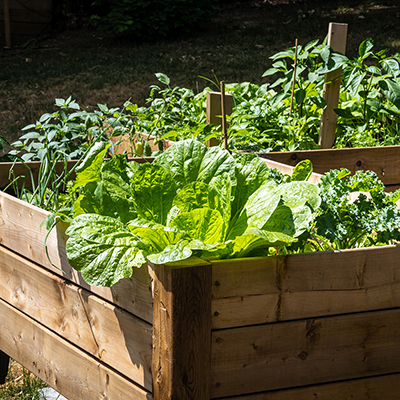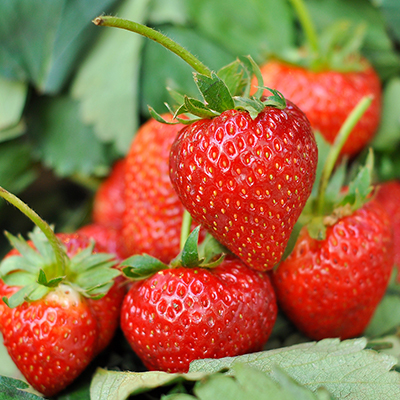7 Expert Gardening Tips for New Vegetable Gardeners
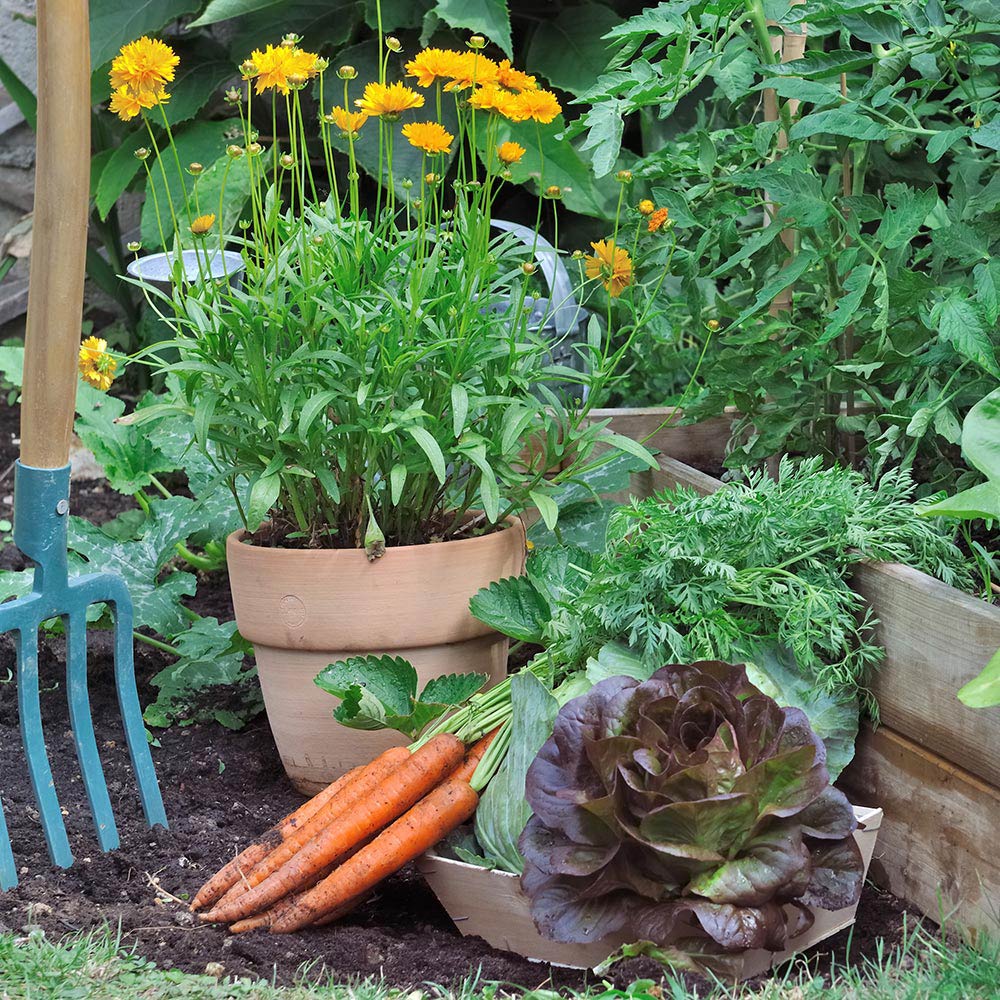
Last updated September 7, 2023
Get the best results in your vegetable garden when you dig in with expert gardening tips. Growing a garden isn't difficult. It's like following a recipe the first time you bake a cake: paying attention to the basics gives the best results.
Make sure your soil, seeds and surroundings are ideal. Then add sun, water and time, and you're on your way. Read on for details on how to grow vegetables and herbs in your very own garden.
Table of Contents
Start Small
Know Your Soil
Let the Sun Shine In
Watering Plans
Mulch Holds Moisture
Be a Scout
Start Small
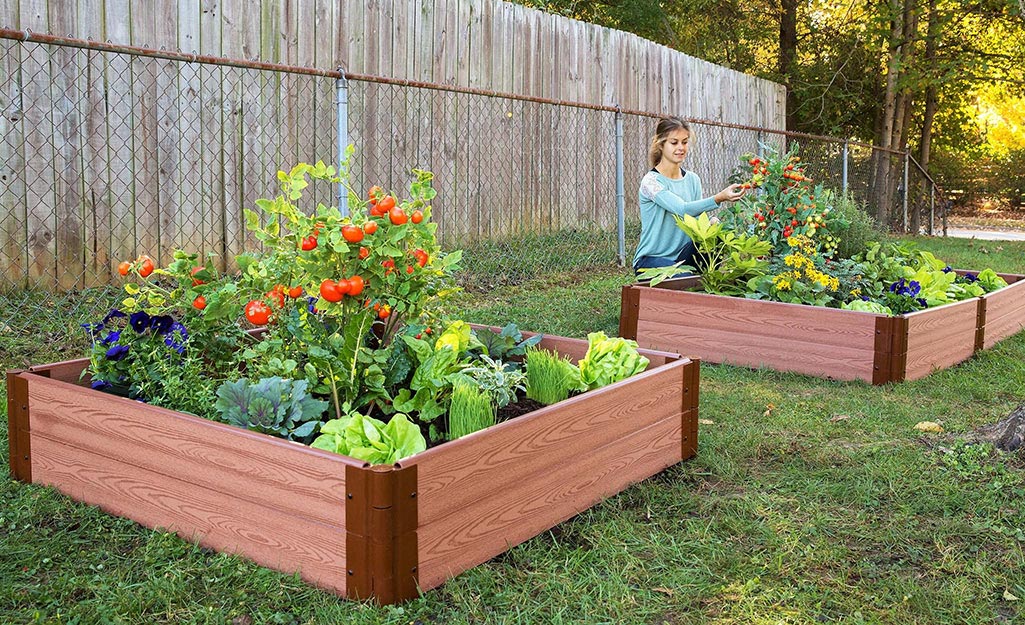
By starting with a small footprint, like a raised garden bed, you’ll get to know your garden. You'll also learn about your climate and how much time you’re willing to invest. Remember: Only do what only you can do. Don’t plant more than you can manage.
If you'd like to start even smaller with your new garden, try gardening in containers. You can buy organic herbs and edibles like tomatoes and peppers in gallon-size containers in the Garden Center. Use seed tapes for salad greens: just add to a planter of soil, then water and place in a sunny spot. Herbs do well in a window box planter, indoors or outdoors.
Know Your Soil
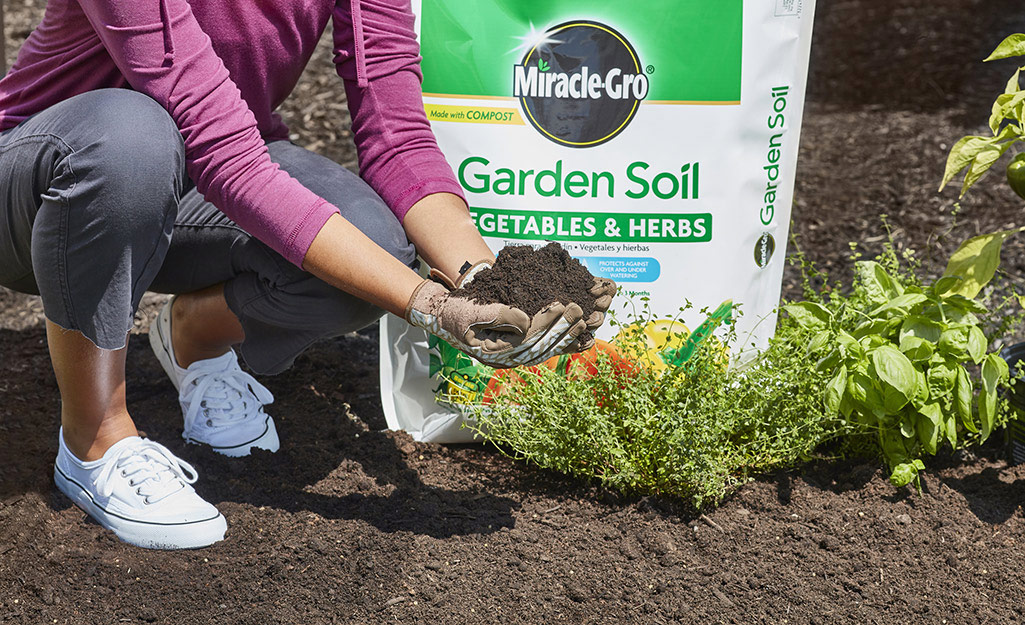
Successful gardeners know there is a big difference between dirt and soil. Good soil is rich, black in color, and full of organic matter and worms. Begin adding amendments like organic compost and worm castings to your planting area in early spring to create healthy soil. Fertilizer gives your plants an extra boost, too.
To learn more about your soil, perform a home soil test or have one done for a small fee through your local Cooperative Extension Office. Some plants, like blueberries, are very picky about the soil pH and may need a more acidic soil. Read your plant tags and amend the soil if needed. You'll want to make sure your new plants have the perfect soil acidity to thrive.
Let the Sun Shine In
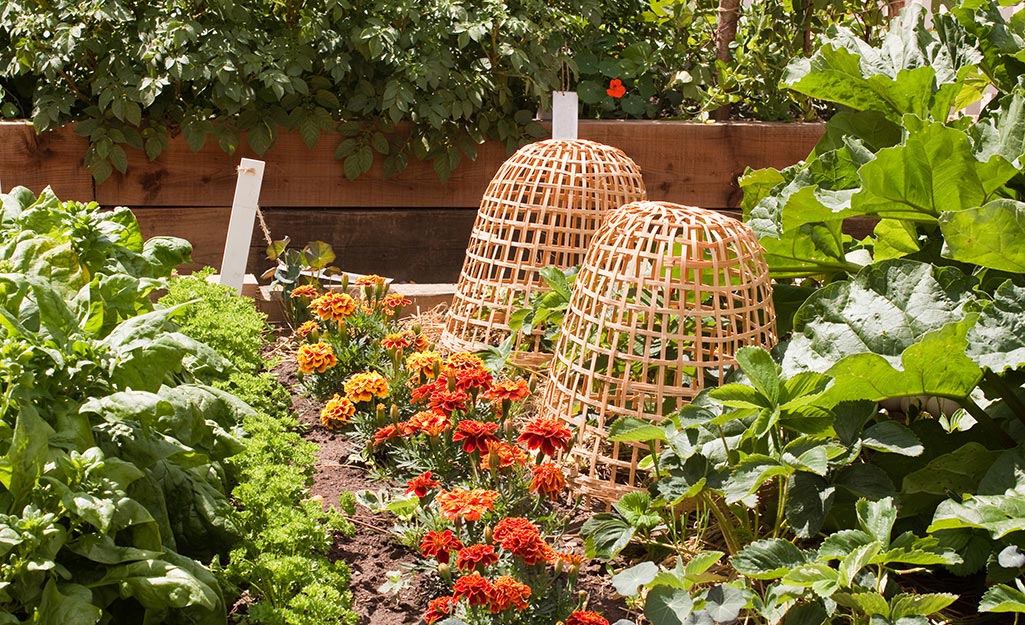
Most veggies need six hours of sunlight a day, so be sure to plant your vegetable garden in a sunny spot. When buying seedlings, check plant tags for the sun requirements of your plants.
Seed starters or seed starter kits can help you start strong. When you're growing veggies from seeds, you'll need a nutrient-rich foundation. Peat moss pots, pellets or plugs provide an excellent base for seeds to take root.
Watering Plans
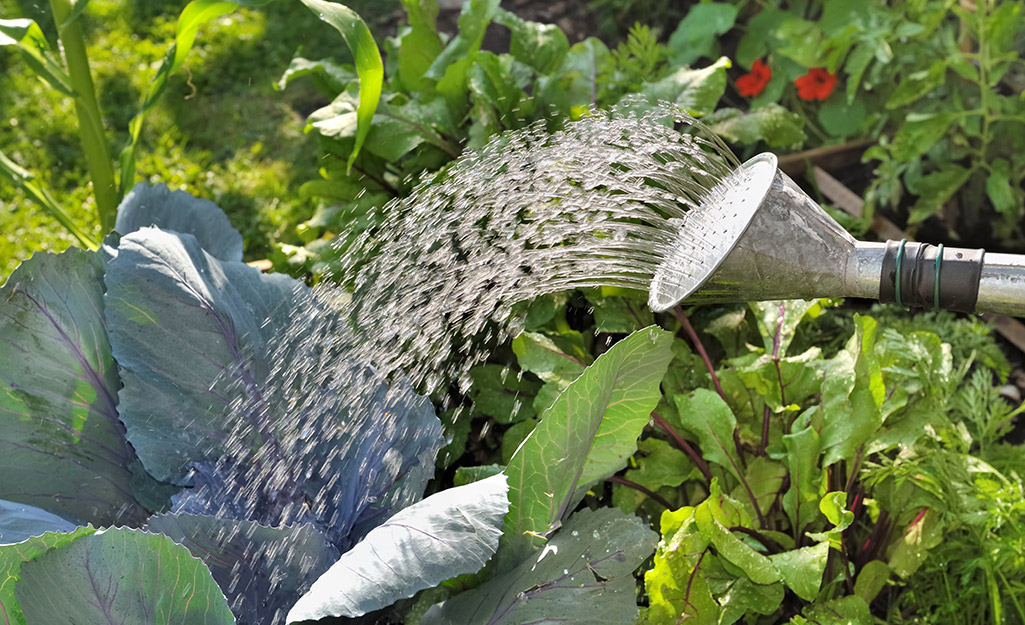
While all plants need water to survive, some are thirstier than others. Veggies, especially, are heavy drinkers. Look for signs of under-watering like dry soil and wilted leaves in the mid-day heat. If you see these, give your plants more water. They'll appreciate it and should perk up soon.
Water the roots of your plants slowly and deeply. To minimize evaporation, water plants in the early morning. For more efficiency, install a drip-irrigation system. Some drip irrigation kits even use collected rainwater. This method is healthy for your plants and your wallet.
Mulch Holds Moisture
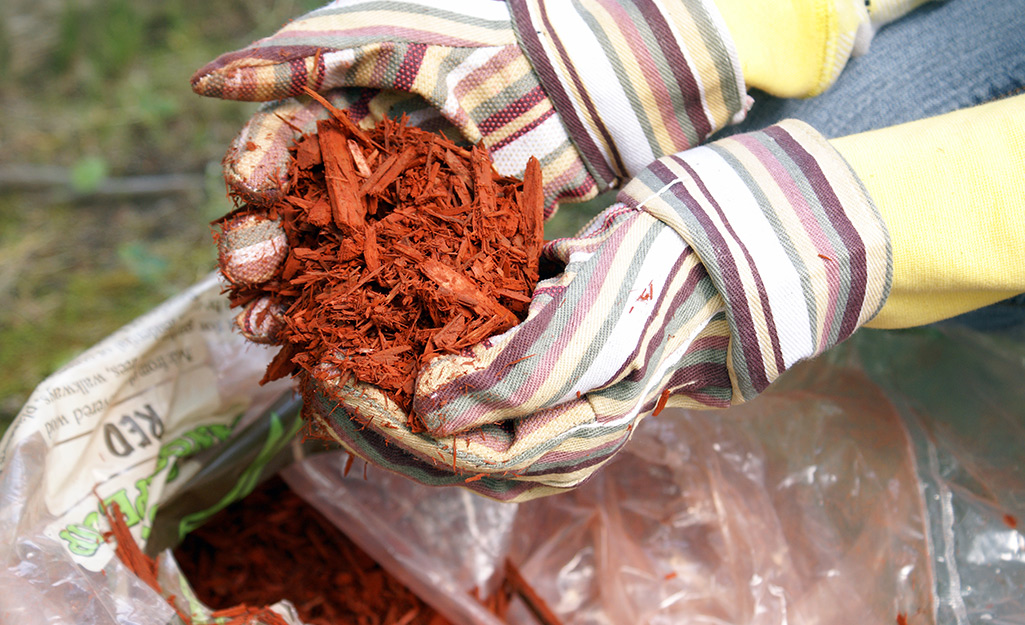
A 2- to 4-inch layer of mulch keeps weeds at bay and conserves moisture. Spread a few inches of organic mulch around the roots of each plant. Don’t let mulch touch the stems. Also, avoid mounding the mulch like a volcano, as this can promote disease or insect infestation.
Be a Scout
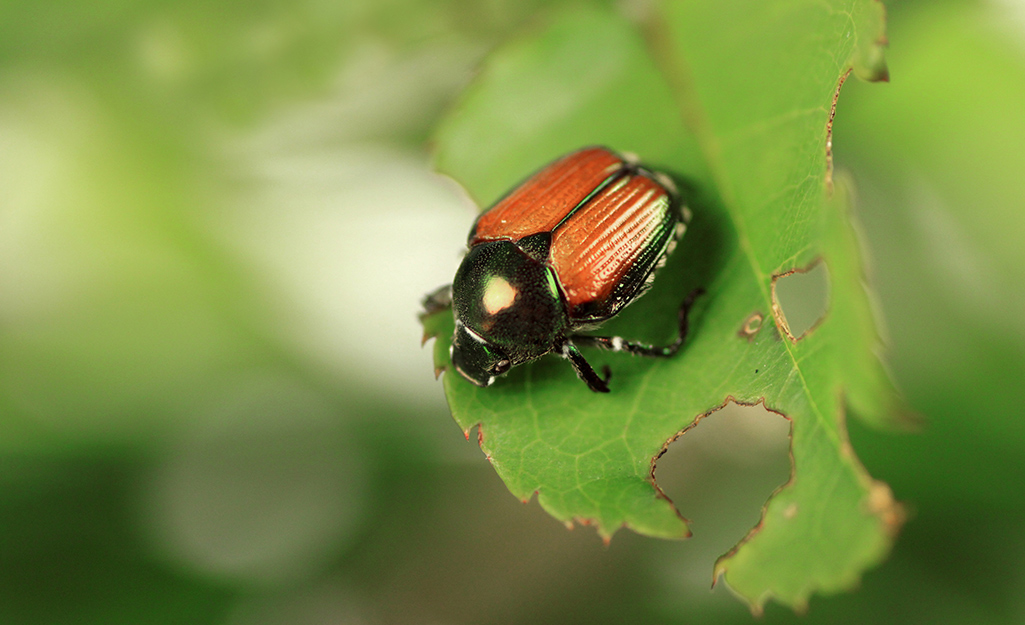
Get in the habit of walking through your garden and examining the leaves and stems as they grow and develop. Check the undersides of leaves for discoloration or holes. That’s where you’ll see the first signs of damaging bugs and caterpillars.
Pests can be managed organically, but you need to start early in the life cycle and be diligent. When you see pests that don’t belong, like Japanese beetles or tobacco horn worms, you can choose a chemical-free solution. Bring a bucket of soapywater with you into the garden, pull off the offending critter and drop it into the bucket. Repeat as needed to keep your vegetable garden pest free.
The same concept goes for weeds. By keeping a watchful eye on your garden, you'll spot weeds as they sprout up. It's easier in the long run to tackle weeds as soon as you see them. If you can, pull them up before they grow and go to seed.
Grow in Containers
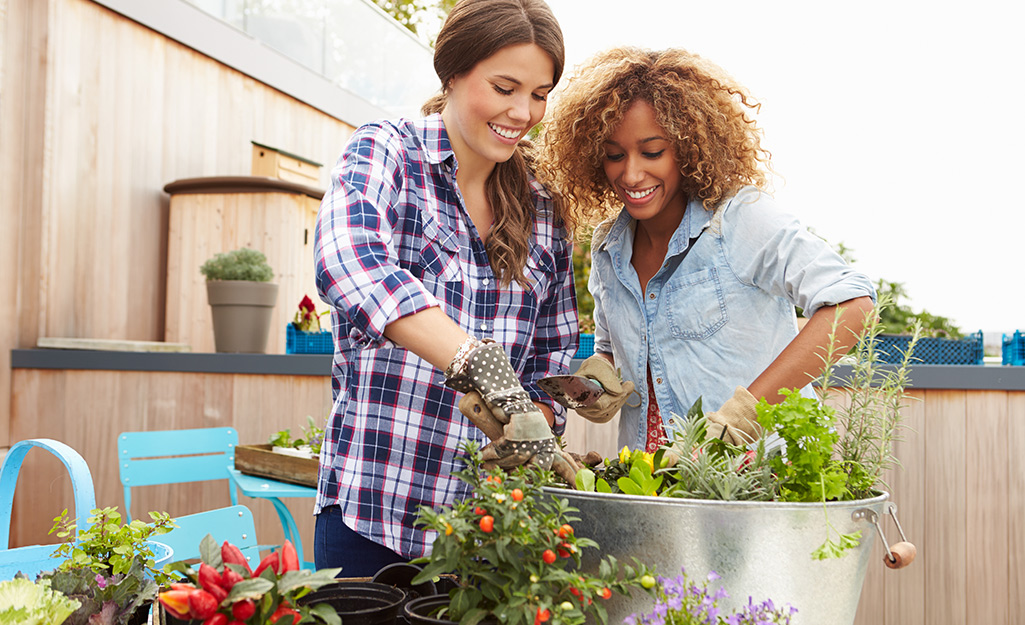
Edibles grow beautifully in containers. Use the same three-way combination that works with flowers – a thriller, spiller and filler – as a design guideline when creating containers.
Many different types of planters can be used as long as they have drainage holes in the bottom, and are at least 12 inches deep and 14 inches wide. Broad bowl-shaped pots work especially well because they are not toppled by gusty winds.
Learn how to create stunning, cool-season containers. Choose cool-season veggie and herb seedlings in eye-catching colors with interesting forms and varying textures. Your composition may look too pretty to eat if you include choices from each of these three groups:
- Thrillers. Choose upright-growing plants with colored stems and puckered leaves such as Swiss chard or Tuscan kale. Feathery dill or fennel foliage forms a light-textured backdrop. Other good choices include chives, leeks or dwarf snow peas trained to grow up a trellis.
- Fillers. Deep green curled parsley is a natural for this role, but red-blushed kale or a mixture of leaf lettuces will work great, too.
- Spillers. Save space for the finishing touch with herbs that spill over the side of the container such as marjoram, creeping rosemary or creeping thyme.
- Place your container in its permanent spot and fill with potting soil to within 3 inches of the rim. After it is filled with plants and watered, it may be too heavy to move comfortably.
- Remove seedlings from their pots and place in a triangle pattern into the soil. If using more than three plants, position the upright plant first and then arrange the others around it. Look at your composition from different angles, and move plants as needed to boost contrast between colors and textures.
- Add organic potting soil to fill the container, gently press the seedlings in place, and water. Keep a watering can handy to keep the soil moist.
Ready to put your green thumb to work? We've got everything you need to start a garden of any size. The Home Depot delivers online orders when and where you need them.
